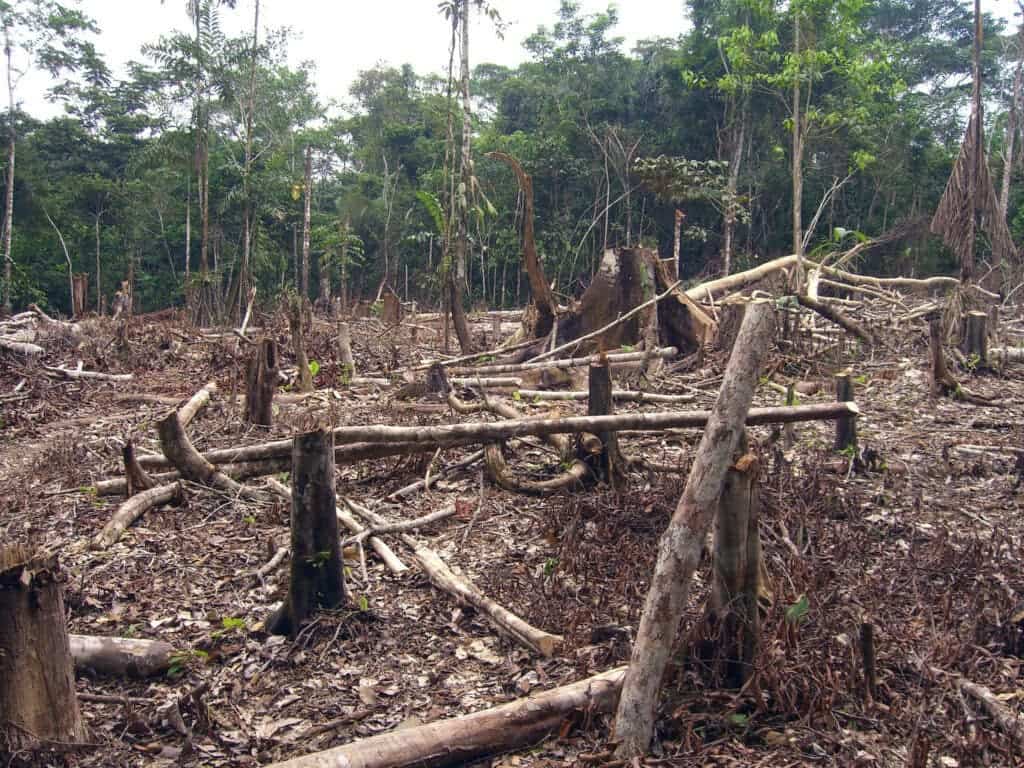
The coronavirus that originated in Wuhan, China, swept the world fast and furiously — and we’re barely starting to experience the first wave of the pandemic. However, to biologists and virologists, the sudden appearance of the coronavirus wasn’t surprising. It is simply a natural consequence of humans disturbing ecosystems in equilibrium and wildlife trade, something that we’ve done at an increasing rate with each passing decade.
Pandemics such as COVID-19 might become increasingly frequent as humans continue unabated on their course to expand their range at the expense of wildlife.
High rates of deforestation in Asia over the last four decades have prompted many scientists to sound the alarm, warning the world of the risk of dangerous microorganisms migrating to humans.
That’s because certain wildlife, especially rodents, bats, and primates, are reservoirs for pathogens that are new to the human immune system. By clearing their habitat, we dramatically increase the risk of a spillover event, like it happened in Wuhan.
This risk is very much real. In 2002-2003 we had SARS, in 2012 there was MERS, and now we have SARS-CoV-2, the new coronavirus that causes COVID-19.
Who’s next?
Southeast Asia is one of the regions of the globe with the highest population growth rates, as well as a high rate of deforestation.
Much of the same can be said about the Amazon, which has experienced wide-scale destruction since the turn of the last century, particularly in recent decades.
In 2019, 9,762 square kilometers (3,769 square miles) of the Brazilian Amazon rainforest was cleared — the highest level in ten years. This trend has actually increased even under the backdrop of the coronavirus pandemic, doubling from August 2019 to March 2020, compared to the same period in 2018-2019.
What’s particularly depressing is that illegal deforestations and land grabbing in the Amazon at an unprecedented rate are all openly encouraged by the Brazilian head of state, Jair Bolsonaro. Climate News Network reports that the so-called Amazon Council, which was set up by Bolsonaro’s cabinet, “does not include a single scientist, environmentalist or Amazon researcher, or even any experts from the government agencies for the environment and indigenous affairs.”
According to various studies, there’s a direct relationship between deforestation and the increase of disease incidence in the Amazon. One 2015 study of the populations of 773 Amazon towns found that for each 1% of cleared forest, malaria cases spiked by 23%.
The world is teeming with viruses, most of them unknown to humans
In a new study published in the Annals of the Brazilian Academy, Brazilian researchers found that deforestation in the Amazon not only exacerbates climate change but also increases the risk of unleashing a new pandemic.
“Amazonia has a prominent role in regulating the Earth’s climate, with forest loss contributing to rising regional and global temperatures and intensification of extreme weather events. These climatic conditions are important drivers of emerging infectious diseases, and activities associated with deforestation contribute to the spread of disease vectors,” the authors wrote.
These findings reiterate a 2019 statement made by an international group of experts on zoonotic diseases.
“The Amazon region of Brazil, endemic for many communicable or zoonotic diseases can, after a wildfire, trigger a selection for survival, and with it change the habitat and behaviors of some animal species. These can be reservoirs of zoonotic bacteria, viruses, and parasites,” the authors wrote.
To all of us, the message should be clear: if we’re to avert or at least delay the onset of the next devastating pandemic, we need to heed scientists’ warnings. The truth is that it’s not just the Amazon; wide-scale disruption is taking place all over the world, from Congo to Indonesia. Even the Arctic is a dangerous hotspot, as the thawing permafrost contains many unknown dormant viruses.






